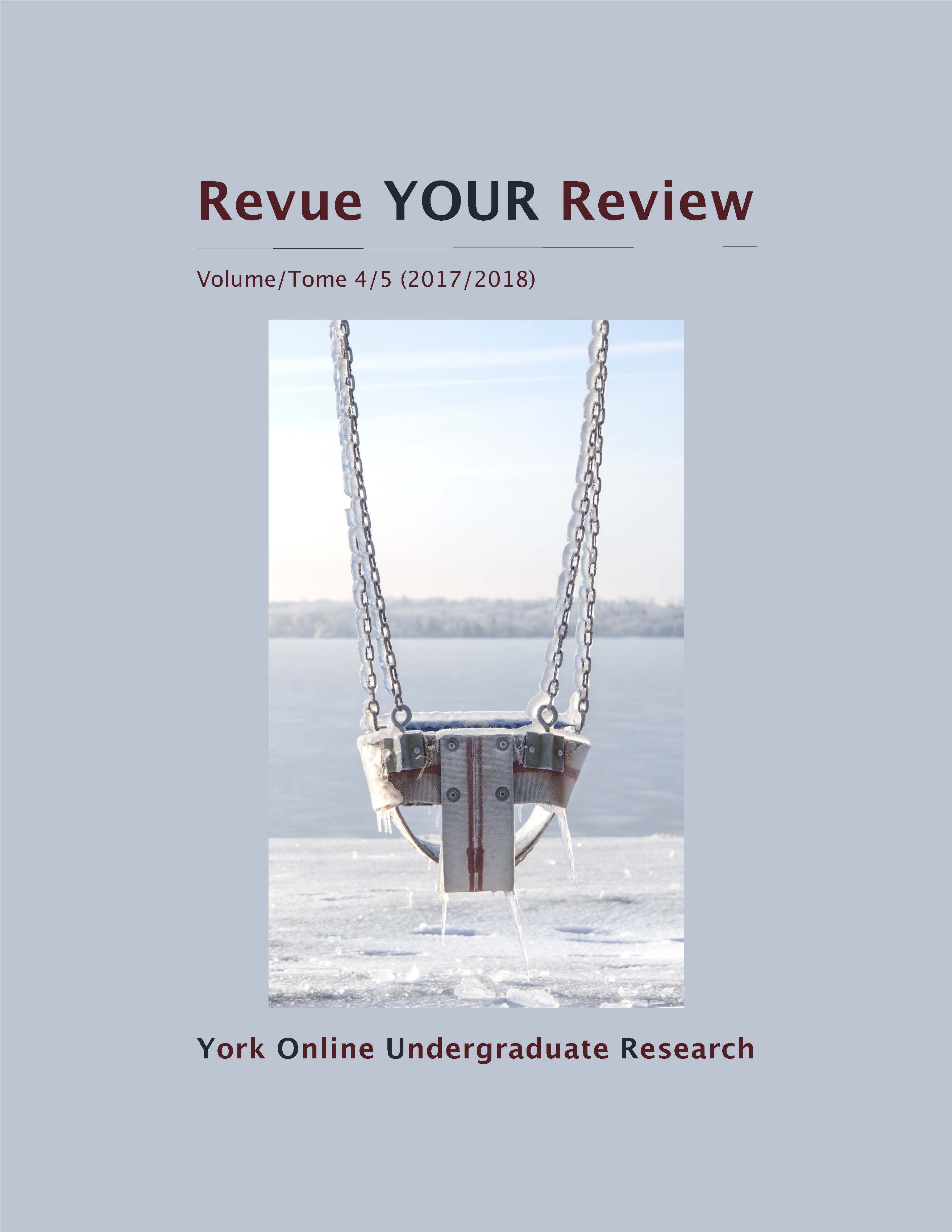Collège Glendon College. Mission et démissions dans la création identitaire d’une institution collégiale nationale
Abstract
Glendon College (Toronto, Canada) was founded in 1966 as a college providing bilingual liberal-arts education. The first two administrations, between 1966 and 1976, shaped the college and imposed on it the foundations on which it is still based. Using documents produced by the administration, faculty, and students, as well as interviews with college employees, the evolution of Glendon’s descriptors over these 10 years is examined with the goal of outlining how the college was defined. It is proposed that the identity of Glendon is constantly questioned due to the confrontation between dreams and realities. If the college is small physically, in its student body and in terms of faculty, its administrators saw big. They dreamt of a bilingual national college training new citizens interested in the contemporary problems of the country. The size of Glendon and its ethos bucked the trends in education at the time, which aimed towards multiversity and specialized training. Finally, the desire to provide an environment and a bilingual education faced structural problems and created tensions with students. If Glendon survived these first 10 years, it is because its two first principals knew how to adapt their dreams of grandeur to the reality of their means, at the price of a constant, and at times tumultuous, redefinition of identity. The study of Glendon’s heritage helps to better understand the problems facing the college today.
Downloads
Published
How to Cite
Issue
Section
License

This work is licensed under a Creative Commons Attribution-NoDerivatives 4.0 International License.
Authors contributing to Revue YOUR Review agree to release their articles under one of three Creative Commons licenses: Creative Commons Attribution 4.0 International; Creative Commons Attribution-NonCommercial 4.0 International; or Creative Commons Attribution-NoDerivatives 4.0 International. All editorial content, posters, and abstracts on this site are licensed under Creative Commons Attribution-NoDerivatives 4.0 International. For further information about each license, see:
https://creativecommons.org/licenses/
In all cases, authors retain copyright of their work and grant the e-journal right of first publication. Authors are able to enter into other contractual arrangements for the non-exclusive distribution of the e-journal's published version of the article (e.g., post it to an institutional repository or publish it in a book or in another journal), with an acknowledgement of its initial publication in this e-journal.


